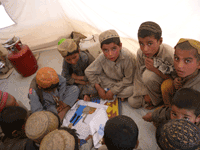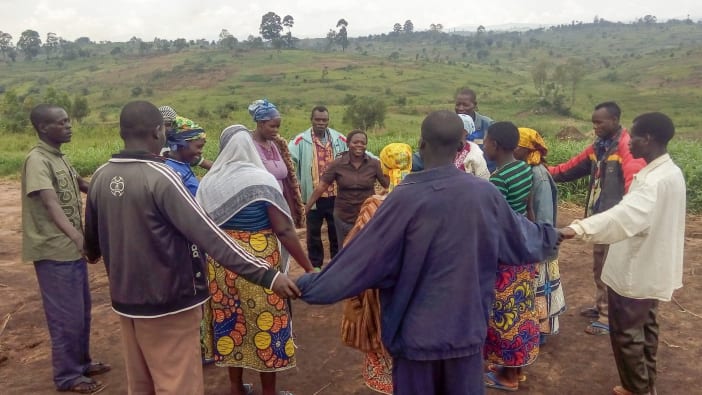It is necessary for both women and men to practise good hygiene, such as washing hands after defecating. Yet in places where hygiene is seen only as keeping the cooking area clean, it will be seen as a woman’s issue.
Gender analysis is vital in any work to improve sanitation and hygiene. Here are some questions that could be asked in such an analysis.
- Is it customary for men and women to use the same latrine?
- What are men’s and women’s preferences for sanitation technologies and their location?
- Who will be responsible for constructing and maintaining the latrine?
- Where people need to pay to use a latrine, who controls household income?
- What personal hygiene practices are used by men and women?
- What methods are preferred by men and women for receiving hygiene education?
Appropriate responses might include:
- identifying a sanitation technology that is appropriate for both men and women
- ensuring that latrines are located where women and men spend their time, with adequate lighting for the evening
- finding ways to involve both men and women in constructing the latrine so that they both value it
- if women are to be responsible for maintaining the latrine, ensuring that men give them the time and financial support to do so
- ensuring that women can afford to pay fees for using latrines, such as by providing loans so that they can generate their own income
- providing hygiene education in a way that is sensitive to the needs and availability of men and women. People might find it embarrassing to attend meetings or training to discuss hygiene issues if both men and women are present. Separate meetings may be needed for women and men. Men may not attend such sessions at all if they do not understand that it is important for them to practise good hygiene. Awareness-raising might be needed first, using methods that will reach men.
Indicators for gender-sensitive sanitation and hygiene work include:
- the attendance of men and women at meetings and training events
- the involvement of men and women in constructing and maintaining latrines
- the use of latrines by women and men
- the involvement of men and women in hygiene promotion
- the presence of men and women in a committee that controls fees collected from latrine use.
Women and menstruation
People usually find it embarrassing to talk about menstruation, but methods of sanitary protection are important. Questions to ask include:
- What method of sanitary protection do local women use?
- If special cloths are used, how often are they changed? How are they washed? How are they dried?
It is important that cloths are changed regularly, washed thoroughly and dried in the sun to stop them getting mouldy. Women are often embarrassed about washing and hanging their cloths in public areas. Encourage the community to put aside a separate washing and drying area that women can use without embarrassment.
It is important to challenge beliefs that menstrual blood is impure or contaminating. Menstruation is natural and normal.








